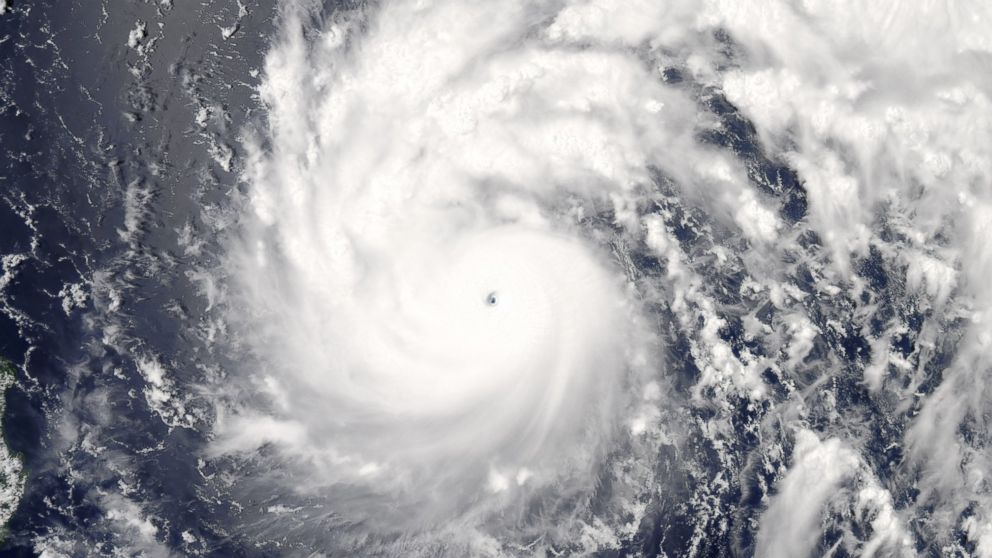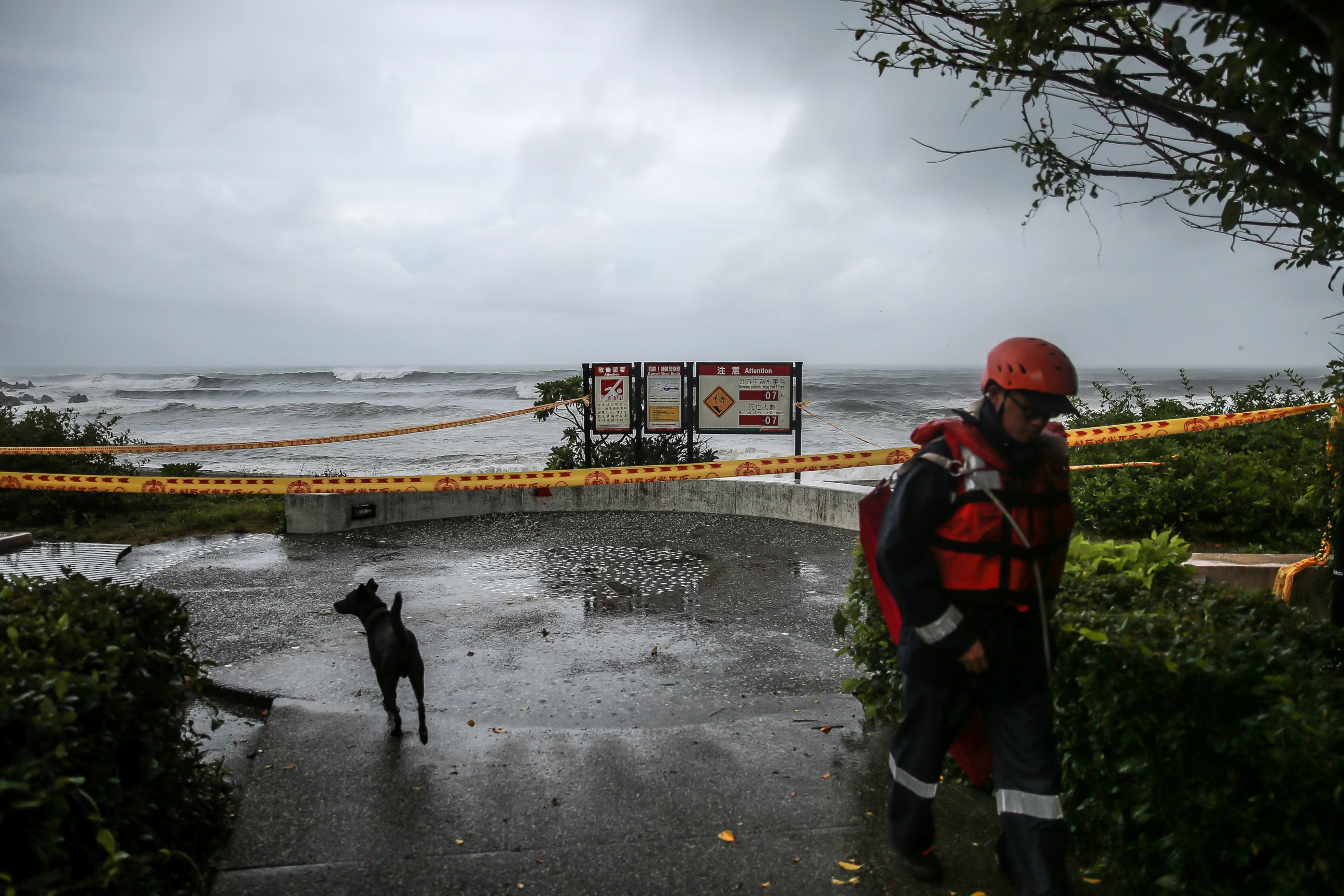Super Typhoon Nepartak Makes Landfall, Battering Taiwan With Heavy Rain and Wind
Nepartak is one of the strongest storms in the world so far this year.

— -- Super Typhoon Nepartak, one of the strongest storms in the world so far this year, made landfall in Taiwan early Friday morning local time, battering the island nation with heavy rain and whipping winds.
Nepartak, which means "warrior" in Micronesian, made landfall as the equivalent of a Category 4 hurricane, with sustained winds up to 150 mph and gusts up to 185 mph.
The powerful typhoon unleashed its heavy winds on Taiwan, churning up huge waves on its coasts, grounding planes and keeping fishing boats and commercial ships in port, according to The Associated Press. Hong Kong's two biggest airlines, Cathay Pacific and Dragonair, said they have canceled flights to and from Taiwan.

The storm will likely weaken after it passes over the island nation's high mountains before making landfall in China early Saturday local time.
China's southeastern coast is expected to experience wind gusts up to 115 mph. The biggest threat to China will be the heavy rainfall, which will likely cause severe flooding.
With much of the country's southeastern coast saturated from a record amount of rainfall over the past several weeks, major flash flooding and mudslides are expected.
Nepartak is not expected to hit the Philippines, which is still recovering from devastation caused by Typhoon Haiyan in 2013, the AP reported. However, the new storm is forecast to intensify monsoon rains in the Philippines' northern islands, causing some domestic flights there to be canceled.
ABC News' Max Golembo and Melissa Griffin contributed to this report.




